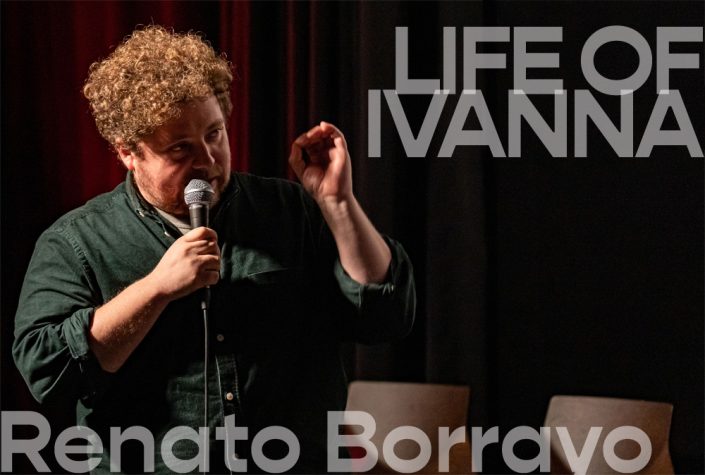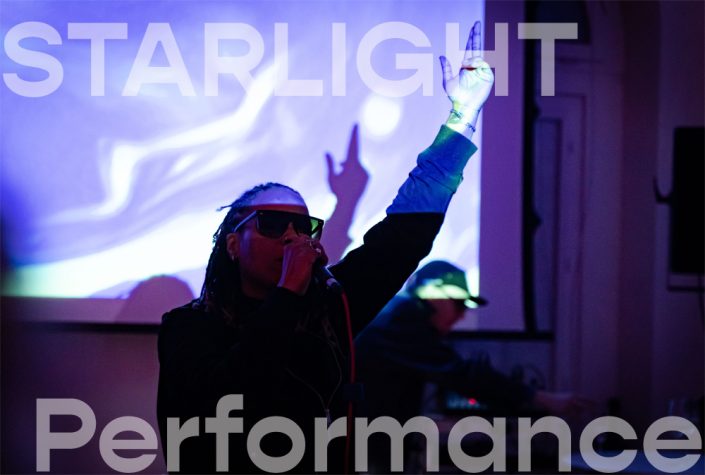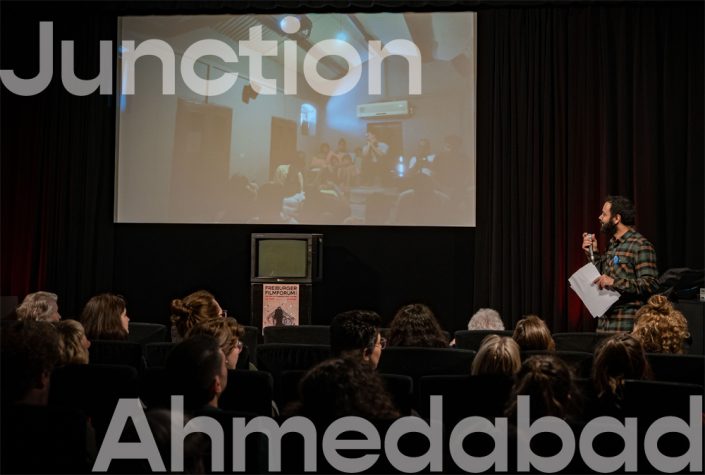A caravan camp in a deserted military base is the first home in Israel for immigrants arriving from the former Soviet Union and Ethiopia. Peter from the Ukraine and Channan from Samarkland meet with Fitigch from Gandar and Gavru from Addis-Ababa. Their cross-cultural encounter heightens the already strong feelings of uprooting, dislocation and alienation. The film follows Peter’s efforts to realize his pre-immigration dreams of a »Fantaktika Israel« described in official brochures and his attempts to bring his mother and sisters out of the Ukraine. During the six months of preparation and research for GOOD OR BAD, BLACK AND WHITE I visited most of the trailer home (caravan) camps which had sprung up with great haste throughout Israel. My initial emotional reaction was empathy for the thousands of new immigrants that had arrived from the former Soviet Union and Ehtiopia. Their dream of making a new home in the ancient Jewish land, turned now a modern country, seemed to have collapsed in a dusty cloud of isolation and desparation. How else could one feel about the disturbingly ugly view of endless rows of caravan homes set in a barren landscape under a scorching sun?
»An old Ethiopian woman with a shy smile compared her caravan home to a tree. – ‘How is that?’ I inquired. – ‘Like a tree’ she said ‘it moves with the wind, back and forth«, referring to the thin spikes some 30 centimeters off the ground, on which her caravan was placed. (…) I found an endless array of human stories at the Bat Hazor Caravan Camp, some pessimistic and tragic, others inspiring and optimistic. Yet beyond the personal stories there seemd to be a larger overwhelming problem which slowly revealed itself. In a camp where there are such extreme cultural, lingual and racial differences between Russians and Ethiopians the threat of violence hung heavy in the dusty air. It was clear right from the start that although they shared a common religion they could not find it in themselves to accept each other as equals. What about assimilation in this kind of atmosphere? The camp’s isolation and distance from any Israeli urban centers only served to complicate an already charged situation.« (Amit Goren)









